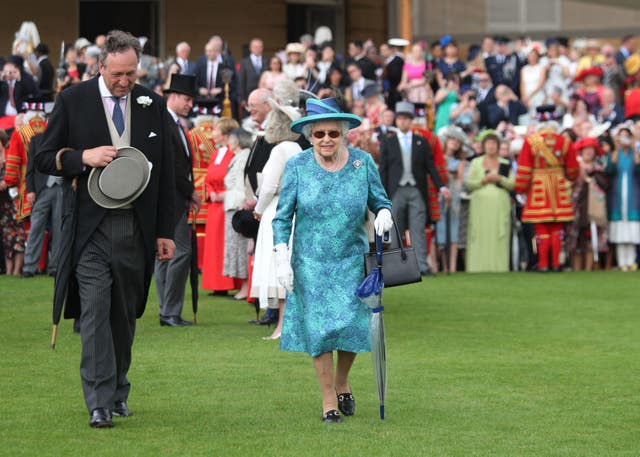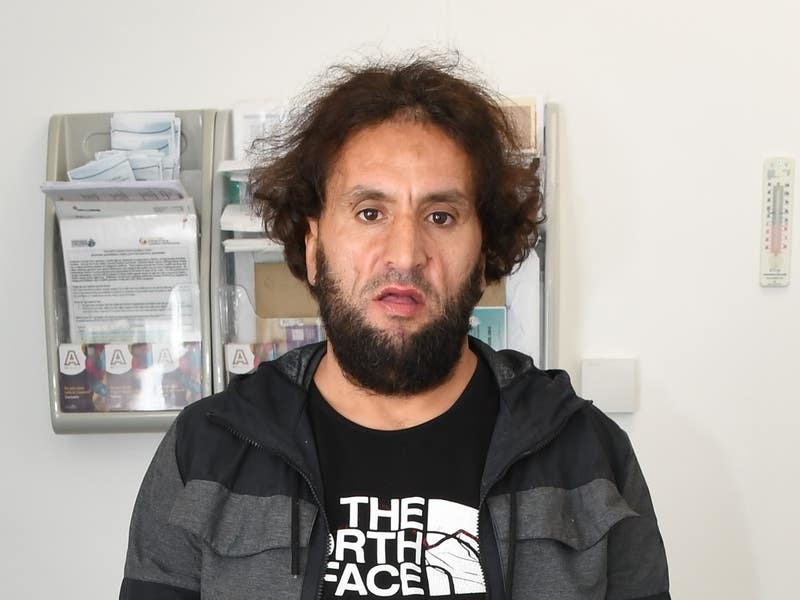The Queen has had eye surgery to remove a cataract.
The 92-year-old monarch underwent the successful procedure in May.
In recent weeks, the Queen has been seen wearing sunglasses at a number of events including the Royal Windsor Horse Show and Buckingham Palace garden parties.

When approached, a Buckingham Palace spokesman said: “I can confirm that the Queen successfully underwent a short planned procedure to treat a cataract last month.”
It was business as usual for the head of state, who did not cancel or postpone any engagements.
Cataracts are when the lens, a small transparent disc inside the eye, develops cloudy patches.
Over time these patches usually become bigger causing blurry, misty vision and eventually blindness, if left untreated.
Cataracts are more common in the elderly and can affect the ability to carry out daily activities such as driving.
A family history of cataracts can increase the risk of developing them.

The Queen, who is in good health, is known for her robust constitution.
In 2013, she had her first hospital stay in 10 years when, at the age of 86, she suffered symptoms of gastroenteritis and missed an engagement in Swansea.
A week of engagements, including a two-day trip to Rome, was cancelled and the Queen spent one night in hospital.
She usually attends hospital for an annual routine check-up.
Cataract surgery involves replacing the cloudy lens inside the eye with an artificial one.
It is the most common operation performed in the UK, with a high success rate in improving eyesight.
The straightforward procedure usually takes 30 to 45 minutes.
During the operation, the surgeon will make a tiny cut in the eye to remove the cloudy lens and replace it with a clear plastic one.
It is often carried out as day surgery under local anaesthetic and patients usually go home on the same day.
It can take four to six weeks to recover.






